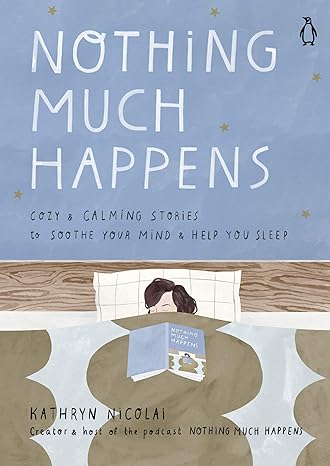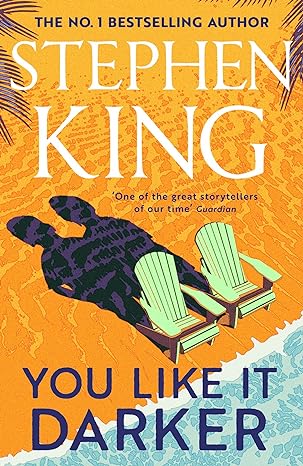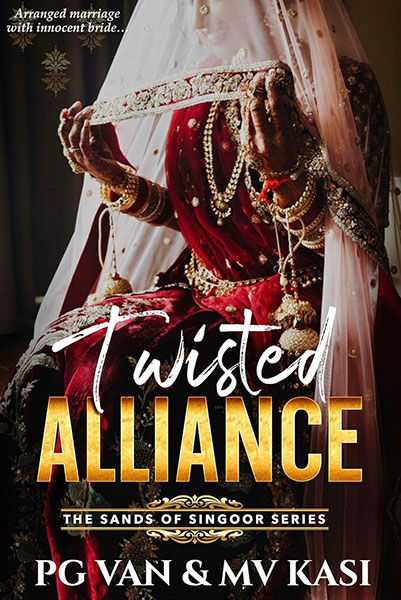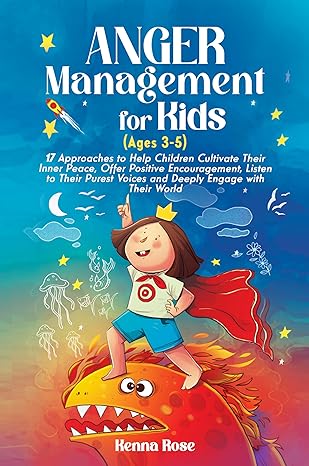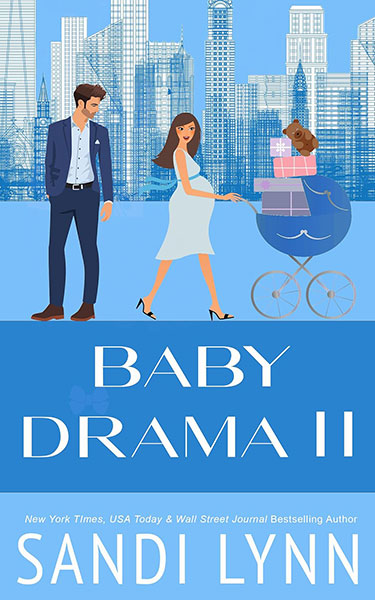
Andersen's Fairy Tales
Hans Christian Andersen was a Danish author and poet. Although a prolific writer of plays, travelogues, novels, and poems, Andersen is best remembered for his fairy tales, a literary genre he so mastered that he himself has become as mythical as the tales he wrote. His fairy tales have long delighted millions of readers, young and old, and inspired myriad film, stage, and musical adaptations. These tales have been translated into more than 125 languages, have become culturally embedded in the West's collective consciousness, readily accessible to children, but presenting lessons of virtue and resilience in the face of adversity for mature readers as well.
BEST DEALS
About the Author
Hans Christian Andersen (/ˈhɑːnz ˈkrɪstʃən ˈændərsən/; Danish: [hanˀs kʰʁæsd̥jan ˈɑnɐsn̩] ( listen); often referred to in Scandinavia as H. C. Andersen; 2 April 1805 – 4 August 1875) was a Danish author. Although a prolific writer of plays, travelogues, novels, and poems, Andersen is best remembered for his fairy tales. Andersen's popularity is not limited to children; his stories, called eventyr in Danish or "fairy-tales" in English, express themes that transcend age and nationality.
Andersen's fairy tales, which have been translated into more than 125 languages, have become culturally embedded in the West's collective consciousness, readily accessible to children, but presenting lessons of virtue and resilience in the face of adversity for mature readers as well. Some of his most famous fairy tales include "The Emperor's New Clothes", "The Little Mermaid", "The Nightingale", "The Snow Queen", "The Ugly Duckling", and many more.
His stories have inspired ballets, both animated and live-action films, and plays.

